Anti-Federalists
Anti-Federalists were the people who opposed ratifying the Constituti0n.
George Mason
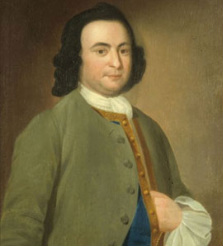
George Mason was born on December 11, 1725 in Fairfax County, Colony of Virginia to parents George Mason III and Ann Stevens Thomson. Mason's interests included family, poltics, and slavery. George Mason had no education and essentially had to educate himself from books from his uncle's library. Mason is also called the Father of the Bill of Rights, along with James Madison. He is also considered one of the Fouding Fathers of the United States. George Mason did not sign the U.S. Constitution because he thought it lacked balances to increased federal powers. Mason was a slaveholder, but found slavery repugnant because he wanted to ban slavery from present states and ban further importation of slaves from Africa. Mason served at the Virginia Convention and helped to contribute a lot. As stated before, Mason did not sign the U.S. Constitution.
Edmund Randolph
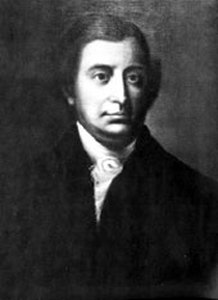
Edmund Randolph was born on August 10, 1753 in Williamsburg, Virginia. Randolph had a strong interest in politics, he wanted to have a job in the field. He was educated at the College of William and Mary. Edmund joined the Continential Army during The American Revolution under the control of George Washington. Edmund an American Attorney, seventh Governer of Virginia, second Secretary of State, and first United States Attorney General. He was also selected as one of the eleven delegates to represent Virginia at the Continential Congress in 1779. Randolph served as a delegate through 1782. He was chosen as the delegate from Virginia to attend the Constitutional Convention. The Virginia Plan was introduced by Randolph at the Convention as a new form of government. He argued against importation of slaves, and was in favor of a strong central government.
Elbridge Gerry
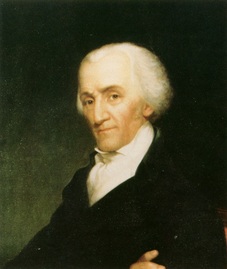
Elbridge Gerry was born on July 17, 1744 in Marblehead, Massachusetts. He was interested in politics. getting a great career, and getting a good education. He went to school at Harvard College at the age of fourteen studying to become a doctor. Gerry was elected to the General Court of the province of Massachusetts in 1772. Gerry also proudly signed the Declaration of Independence and Articles of Confederation. Elbridge Gerry refused to sign the Constitution because it did not include a Bill of Rights. He served as a delegate to the Continental Congress from 1776-1780. He attended the United States Constitutional Convention. He voted against the new constitution. Gerry was also the fifth Vice President of the United States and the ninth Governor of Massachusetts. He was a member of the House of Representatives as well.
Richard Henry Lee
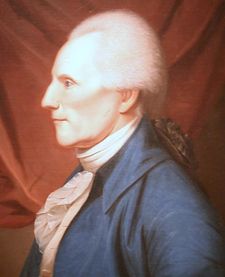
Richard Henry Lee was an American statesman from Virginia. He's best known for the motion in the Second Continential Congress that called for colonies' independence from Great Britain. He signed the Declaration of Independence. Lee served on a one year term as President of Continential Congress, and was a U.S. Senator from Virginia during 1789-1792. He was elected to the House of Burgesses in 1758 which is how and where he met Patrick Henry. Lee was one of the first men to create the Commitees of Correspondence. He created the Westmoreland Resolution as well.
Patrick Henry
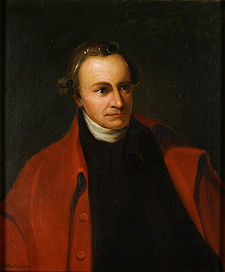
Patrick Henry was an orator and a politician. He led the movement for independence in Virginia around 1770. He was also known as a founding father. He is remembered as one of the most infulential exponents of Republicanism along with Samuel Adams and Thomas Paine. He was a leader of the Anti-Federalists in Virginia. Henry was known as being the first and sixth Governer of Virginia. He was in office from 1776-1779. Mr. Henry is also known for the "Give me liberty, or give me death!" speech. Patrick Henry is honored on one of the U.S. Postage Stamps today.
Samuel Adams
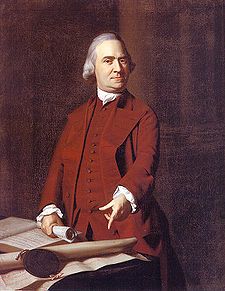
Samuel Adams was an American statesman, political philosipher, and is known as one of the Founding Fathers of the United States. He was a politician in Massachusetts, and later became one of the major leaders in The American Revolution. He was also one of the architects of the principles of American republicanism that helped to shape the political culture of the United States. His circular letter in 1768 prompted the occupation of Boston by the British soldiers which resulted in the Boston Massacre in 1770. Adams was the fourth Governer of Massachusetts, the third Lieutenant Governor of Massachusetts, President of Massachusetts state, and the clerk of the Massachusetts House of Representatives. Adams was also the delegate from MA to the Continential Congress.
